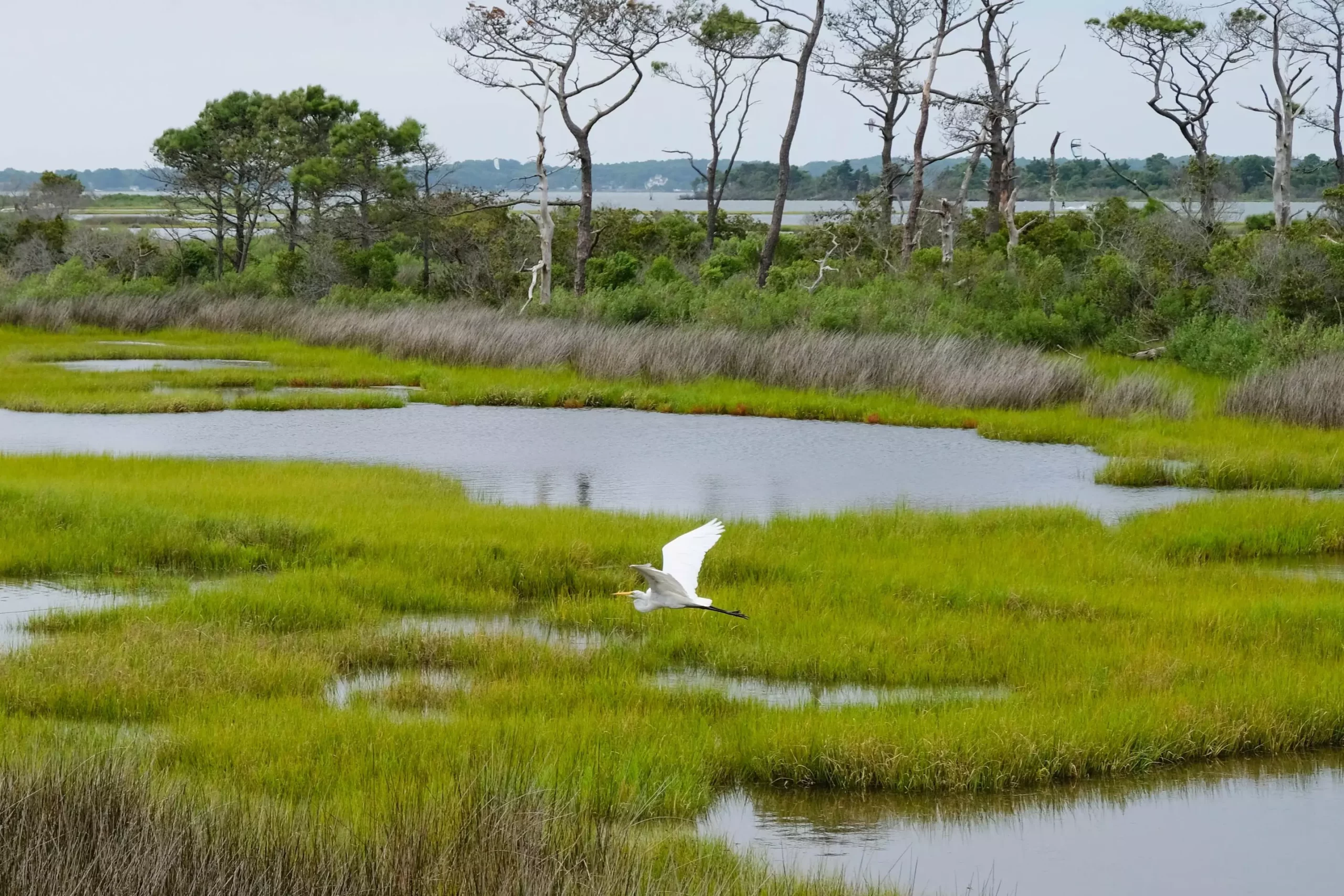The rise in atmospheric methane levels has become a pressing concern for climate scientists striving to understand its implications for global warming. Recent research has shed light on the significant spike in methane emissions recorded between 2020 and 2022, attributing much of this increase to factors such as wetland inundation and diminishing hydroxyl radical (OH) levels. This article will explore the nuances of this analysis, examining the intricate relationship between human activity, natural events, and atmospheric chemistry.
Methane (CH4) is recognized as a potent greenhouse gas, with a short-term impact on global temperatures significantly more powerful than carbon dioxide. Despite efforts to mitigate its emissions, the concentration of methane in the atmosphere experienced a pronounced surge during the pandemic years from 2020 to 2022, disrupting a relatively steady rise seen in the preceding decade. Prior to the pandemic, atmospheric methane had climbed from approximately 499 teragrams (Tg) in 2010 to about 550 Tg by 2019. However, the period of 2020 to 2022 saw that figure soar to between 570 and 590 Tg.
Understanding how this spike occurred amidst a global shutdown necessitates a multifaceted analysis of anthropogenic and environmental contributors.
The study led by Zhen Qu, an assistant professor at North Carolina State University, emphasized the significant role of wetlands in the methane increase. Flooding and inundation events primarily in equatorial Asia and Africa were identified as key contributors. This aspect of the research is particularly noteworthy, as it highlights how environmental variables can drive emissions independently of human activities.
Wetlands serve as natural reservoirs for methane-producing microbes that thrive in anaerobic (oxygen-free) conditions. The surge in water levels due to excessive rainfall created a perfect environment for these microbes to metabolize organic material, resulting in increased methane production. Qu’s research indicates that flooding contributed to an astonishing 43% of the added atmospheric methane from this period in Asia and 30% from Africa.
Another reputable theory surrounding the methane surge suggested that reductions in human-caused air pollution during COVID-19 led to decreased levels of hydroxyl radicals. OH is crucial for breaking down methane in the atmosphere; thus, fewer hydroxyl radicals could mean higher methane concentration levels. However, while Qu’s team found that declining OH did play a role—accounting for about 28% of the surge—it was clear that the major contributor was environmental factors like wetland inundation.
This finding underscores an important broader implication: while human activity can influence atmospheric conditions, natural phenomena can have equally significant, if not more profound, effects on greenhouse gas emissions.
Implications for Climate Change Mitigation
With the understanding that wetlands are a driving force behind the increase in methane levels, it becomes evident that climate change mitigation strategies must evolve. Efforts to reduce methane emissions cannot solely focus on industrial activities or fossil fuel extraction. It is imperative to include strategies aimed at managing wetland ecosystems to curtail additional methane release.
Conserving and restoring wetland areas could offer dual benefits: enhancing biodiversity and natural carbon sinks while also regulating methane emissions. The interaction between natural systems and anthropogenic activities must be better understood to design comprehensive policies that adequately address this pressing issue.
The surge of atmospheric methane from 2020 to 2022 presents a complex interplay of environmental factors and human impacts. While reductions in anthropogenic pollution likely influenced OH levels, the predominant driver of methane emissions proved to be natural events, specifically flooding in wetlands. As researchers continue to unravel the intricacies of these dynamics, the climatic consequences cannot be understated. Future efforts in methane management must incorporate a holistic view, considering both the direct and indirect roles of nature—a vital step in our global quest to mitigate climate change and protect the environment.


Leave a Reply